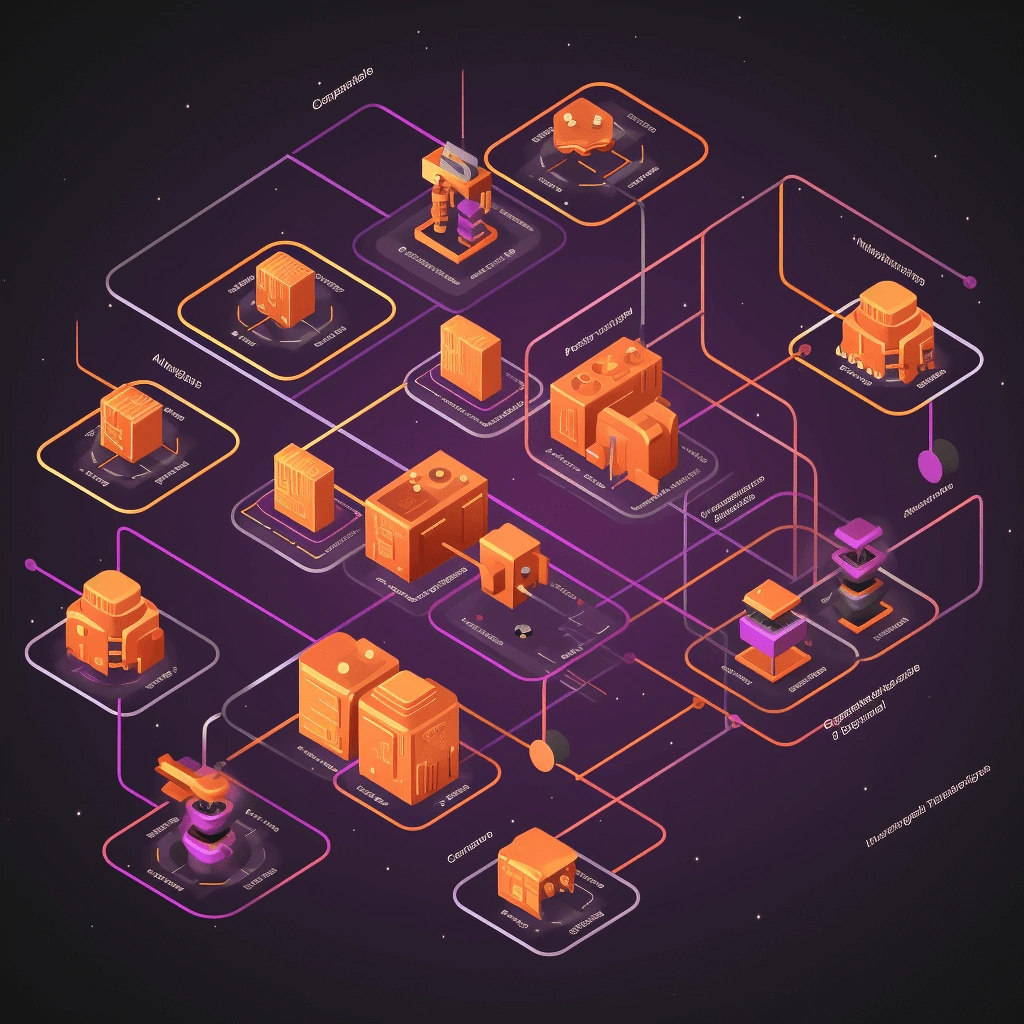In today’s digital landscape, businesses are increasingly relying on cloud infrastructure to power their applications and services. Cloud providers like Amazon Web Services (AWS), Google Cloud Platform (GCP), and Microsoft Azure offer a wide range of services and resources that businesses can leverage to meet their IT needs. However, managing and provisioning these cloud resources can be complex and time-consuming.
This is where Terraform, an open-source infrastructure as code (IaC) tool, comes in. Terraform simplifies the process of managing and deploying cloud infrastructure, offering numerous benefits that can help businesses unlock cost savings and improve efficiency.
Understanding Terraform
Terraform is a declarative coding tool used to build, change, and version cloud infrastructure. It allows businesses to define their cloud infrastructure requirements in a human-readable configuration language called HashiCorp Configuration Language (HCL). Terraform then translates this configuration into a plan and executes it, provisioning the necessary cloud resources.
Benefits of Terraform
1. Infrastructure as Code (IaC)
Terraform introduces the concept of Infrastructure as Code (IaC), which enables businesses to treat infrastructure setups like software code. With Terraform, infrastructure configurations are version-controlled, easily auditable, and shareable across teams. This approach enhances collaboration and reduces the risk of manual errors, ensuring consistent infrastructure deployments.
2. Automation and Reusability
Terraform enables automation by allowing businesses to define their infrastructure requirements through code. This means that infrastructure deployments can be easily replicated across different environments, reducing the time and effort required to set up and configure resources. Additionally, Terraform modules allow for the reuse of infrastructure components, promoting greater efficiency and standardization.
3. Infrastructure Consistency
Maintaining consistency in cloud infrastructure configurations can be challenging, especially as environments grow and evolve. Terraform tackles this issue by treating infrastructure as code, ensuring that deployments are consistent across environments. With Terraform, businesses can easily replicate and rebuild environments with accuracy, reducing the risk of configuration drift and enhancing operational efficiency.
4. Cost Optimization
One of the key advantages of using Terraform is its ability to optimize costs. Terraform allows businesses to define the resources they need in a granular manner, ensuring that only the necessary resources are provisioned. This can help eliminate over-provisioning of resources, leading to significant cost savings. Additionally, Terraform provides visibility into the cost impact of infrastructure changes, allowing businesses to make informed decisions about resource allocation.
5. Multi-Cloud Support
Terraform is a cloud-agnostic tool, meaning it can be used to provision and manage infrastructure across multiple cloud providers, including AWS, GCP, and Azure. This flexibility allows businesses to adopt a multi-cloud strategy, leveraging the best features and services from each provider while avoiding vendor lock-in. Terraform simplifies the management of multi-cloud environments, providing a unified workflow for provisioning and maintaining resources across different cloud platforms.
Terraform Integration with AWS, GCP, and Azure
Terraform integrates seamlessly with major cloud providers such as AWS, GCP, and Azure, offering a comprehensive set of resources and services that can be provisioned using Terraform configurations.
AWS Integration
Terraform provides extensive support for provisioning and managing AWS resources. Businesses can define AWS resource configurations, including EC2 instances, VPCs, S3 buckets, and IAM roles, using Terraform’s AWS provider. This allows for efficient and consistent provisioning of infrastructure on AWS, ensuring scalability and high availability of applications and services.
GCP Integration
With Terraform, businesses can easily provision and manage resources on GCP. The Terraform GCP provider enables the configuration of GCP resources such as Compute Engine instances, Cloud Storage buckets, and BigQuery datasets. This integration allows for streamlined infrastructure deployment on GCP, empowering businesses to leverage GCP’s robust set of services to drive innovation.
Azure Integration
Terraform also offers comprehensive support for provisioning and managing resources on Azure. The Terraform Azure provider allows businesses to define Azure resource configurations, including Virtual Machines, Storage Accounts, and Virtual Networks. This integration enables efficient deployment and management of infrastructure on Azure, ensuring a reliable and scalable foundation for applications and services.
Conclusion
Terraform is a powerful tool for managing and provisioning cloud infrastructure on AWS, GCP, and Azure. By leveraging Terraform’s infrastructure as code approach, businesses can streamline their infrastructure deployments, improve resource utilization, and drive cost savings. With Terraform’s seamless integration with major cloud providers, businesses can adopt a multi-cloud strategy and leverage the best features and services from each provider. Start unlocking the cost benefits of Terraform and enhance your cloud infrastructure today.


